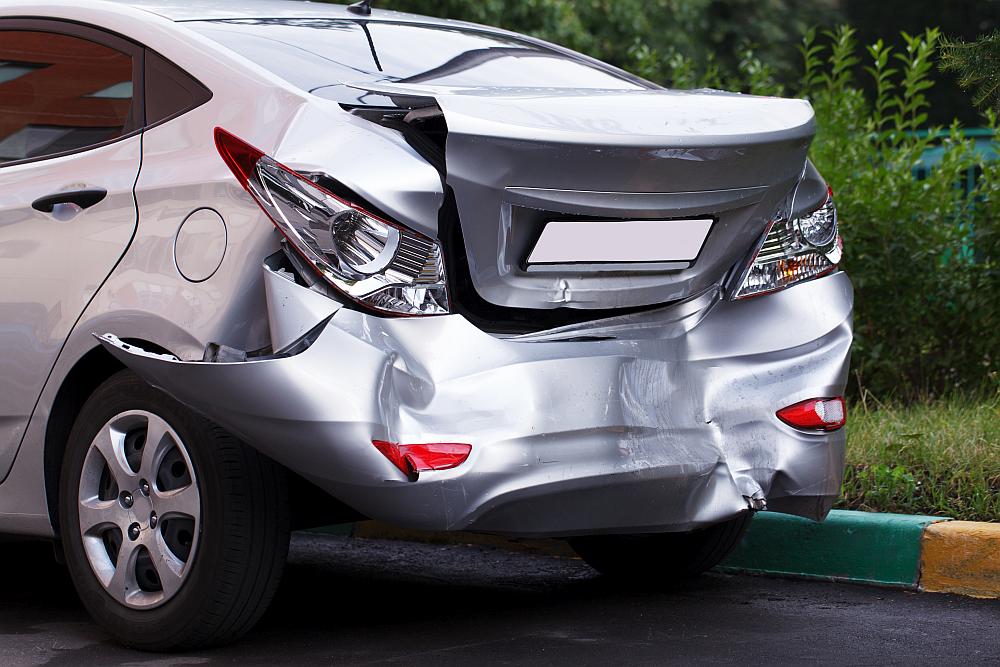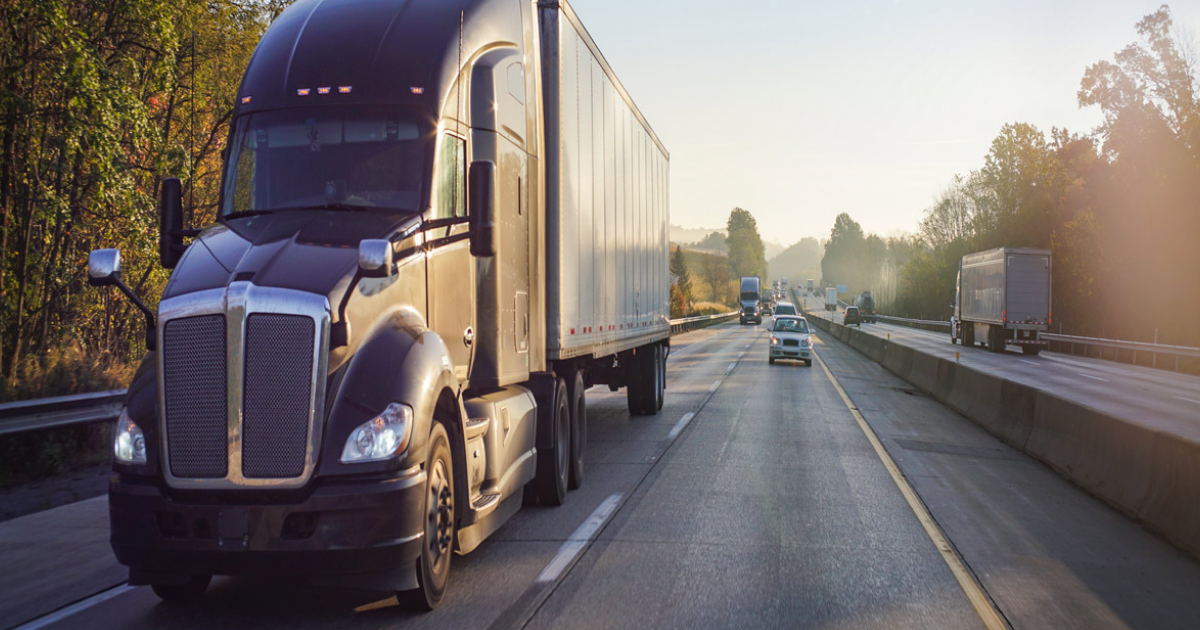There are few, if any, accidents that are more destructive and deadly than head-on collisions involving a large commercial truck. In fact, approximately 60% of fatal truck accidents involving a truck and a passenger vehicle are caused by head-on collisions. Unfortunately, the occupants of a passenger vehicle have little chance of surviving this type of accident, and if they do, they often suffer very serious injuries. The average commercial truck weighs 20 times more than a passenger vehicle, which means that the force of the impact that occurs when the two vehicles collide is catastrophic. Many of these devastating accidents can be prevented by understanding some of the common causes of head-on collisions and taking the necessary steps to avoid them. If a motorist is involved in a head-on collision and is fortunate enough to survive, he or she is urged to contact an experienced truck accident lawyer as soon as possible.
A head-on truck accident occurs when the front of a truck collides head-on with the front on another vehicle. Unfortunately, head-on truck accidents are more common than one might think, although it should come as no surprise that the most destructive and deadly head-on collisions are the one that involve big rigs. According to the Federal Motor Carrier Safety Administration (FMCSA), 57.5% of all fatal truck accidents involving large trucks were head-on collisions. That means that over 2,000 people die and more than 40,000 people suffer serious injuries from these types of accidents. In the vast majority of head-on truck accidents, it is the occupants of the passenger vehicles involved in the accident who suffer fatal injuries.
There are a number of factors that can increase the risk of a devastating head-on truck accident, the majority of which are caused by some type of driver error. The following are examples of some of the most common causes of head-on truck accidents:
Sadly, many of these accidents result in fatalities. If the occupants of the passenger vehicle do survive the accident, it is likely that they will have suffered severe, life-threatening injuries. The following are example of injuries that can occur in a head-on truck collision:
If a motorist is seriously injured in a head-on truck accident caused by a negligent truck driver, someone should call 911 immediately. The injured party should not try to move, as it could further aggravate injuries, particularly if the victim suffered serious neck or spine injuries. It is important to stay at the scene until police and emergency medical technicians arrive. The vehicle should not be moved unless it is unsafe to leave it where it is, or the damage to the vehicle is too extensive. The driver should turn on the hazard lights and wait for help to arrive.
To collect financial compensation, the injured victim must file a personal injury lawsuit against the truck driver. If the victim is physically able to do so, he or she should collect the following information at the accident scene:
Motorists should always use extra caution when traveling in the vicinity of a large commercial truck. The FMCSA offers the following safety tips that can help drivers avoid being seriously injured or killed in a head-on truck accident:
If you or a loved one was seriously injured in a head-on truck accident, do not hesitate to contact the Los Angeles truck accident lawyers at ACTS LAW. We understand how devastating these accidents can be, and that it is the occupants of the passenger vehicles who suffer the most severe, often life-threatening injuries. Our skilled legal team has a proven track record of reaching successful settlement for victims of truck accidents. We will determine whether the truck driver, trucking company, or big rig manufacturer was negligent in any way and seek all entitled compensation you deserve. To schedule a free, confidential consultation, call us today at 833-228-7529 or contact us online. With offices located in Los Angeles and San Diego, we serve clients throughout Southern California.

Truck accidents can have devastating consequences, leading to severe injuries or even fatalities. While car accidents are more common, crashes involving large trucks pose a higher risk of harm. This a...

Vehicular accidents can have life-altering consequences, causing severe injuries and significant financial burdens for those involved. Whether it's an automobile, truck, motorcycle, car, bus, or train...

When a passenger vehicle is involved in an accident with a large commercial truck, it is rarely a minor fender bender. Due to the massive size and weight of the average commercial vehicle, truck accid...